More about William Hogarth
- All
- Info
- Shop

Contributor
William Hogarth loved his pugs and hated animal cruelty.
His Four Stages of Cruelty (1751) is a warning to anyone thinking about inflicting pain on an animal. In the first canvas, a horde is torturing dogs, cats, and even a chicken, in the worst ways possible. In the second, Tom Nero, one of the horde, has become an even more evil coach driver and breaks his horse’s leg, certain death for the animal. Call PETA! In the third painting, Tom is arrested for knifing a young maiden to death, and in the fourth, Reward of Cruelty, scientists dissect him after being executed. A dog is munching on his entrails. Animal cruelty, even in the 1700s, is a slippery slope and there’s a price to pay.
London in the 1700s was flooded with new wealth and Hogarth really had it in for the new consumerists, a middle class committed to copying rich aristocrats. His paintings are chock-full of grotesque but hilarious characters doing unbelievably vile things. Fools spill oil or wine into the wigs of noblemen, women lift watches off drunks, a dog sniffs the panties hanging out of the pocket of a hung-over (and unfaithful) husband, lots of mutual fondling, clubbing, and gambling. Corrupt politicians get pick-pocketed. He caricatures all the morally challenged, to say the least.
Hogarth was down on the newly rich but nonetheless made a bundle himself. He was an apprentice engraver and quickly set up his own shop, making coats of arms, shop signs, and designing plates for booksellers. The engravings sold well and as a self-made man, he never depended on rich patrons. His famous paintings were in fact meant as studies for engravings, which were sold to heaps of people. Pirate copies of his work flooded the market, however, and Hogarth became such a vigorous campaigner for copyright protection that when the Engraver’s Copyright Act in 1735 passed it became known as Hogarth's Act.
A deeply moral man, he joined the Freemason Lodge...then he eloped with the daughter of his painting instructor, Jane Thornhill. It was a happy marriage and Father Thornhill was forgiving. In the end, they all got along. Not long after, he tackled the orphan problem in London. He was a founding member of the Foundling Hospital, a children's home established for the "education and maintenance of exposed and deserted young children."
Poverty was close to William's heart. Dad Hogarth was poor and taught Latin at a school. Young Hogarth spent a lot of time on the streets of London, sketching the riff-raff. When dad set up a Latin-only speaking coffee house for the upwardly mobile, the venture went poorly and the whole family ended up in the Fleet Prison debtors prison. It was a five-year course in the failings and horrors of 18th century London.
Featured Content
Here is what Wikipedia says about William Hogarth
William Hogarth FRSA (/ˈhoʊɡɑːrθ/; 10 November 1697 – 26 October 1764) was an English painter, engraver, pictorial satirist, social critic, editorial cartoonist and occasional writer on art. His work ranges from realistic portraiture to comic strip-like series of pictures called "modern moral subjects", and he is perhaps best known for his series A Harlot's Progress, A Rake's Progress and Marriage A-la-Mode. Knowledge of his work is so pervasive that satirical political illustrations in this style are often referred to as "Hogarthian".
Hogarth was born in London to a lower-middle-class family. In his youth he took up an apprenticeship with an engraver, but did not complete the apprenticeship. His father underwent periods of mixed fortune, and was at one time imprisoned in lieu of payment of outstanding debts, an event that is thought to have informed William's paintings and prints with a hard edge.
Influenced by French and Italian painting and engraving, Hogarth's works are mostly satirical caricatures, sometimes bawdily sexual, mostly of the first rank of realistic portraiture. They became widely popular and mass-produced via prints in his lifetime, and he was by far the most significant English artist of his generation. Charles Lamb deemed Hogarth's images to be books, filled with "the teeming, fruitful, suggestive meaning of words. Other pictures we look at; his pictures we read."
Check out the full Wikipedia article about William Hogarth

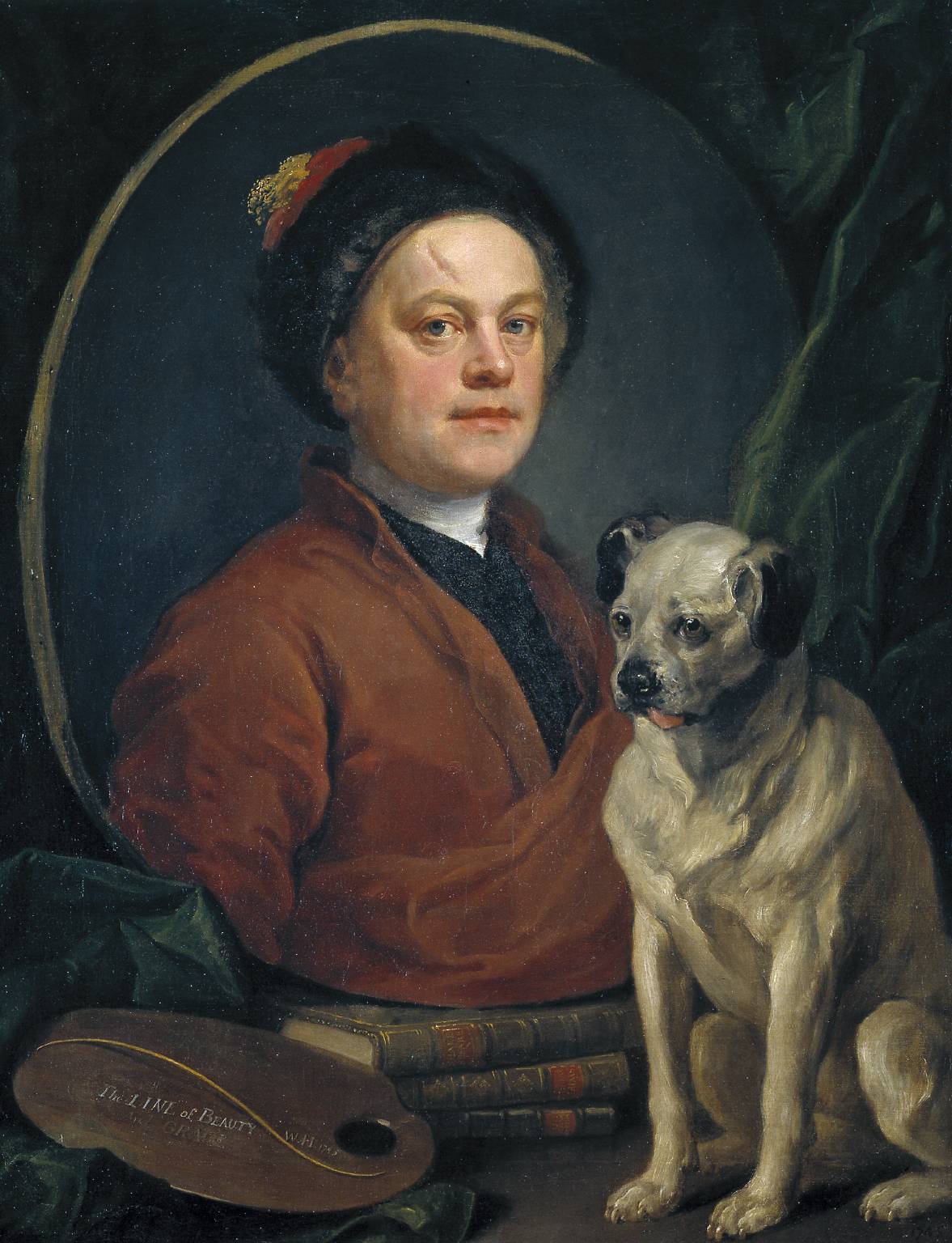
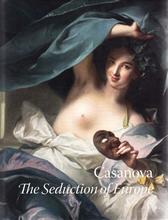
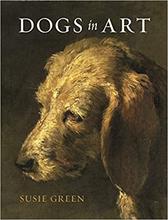
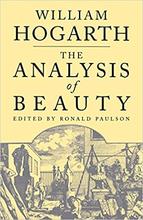
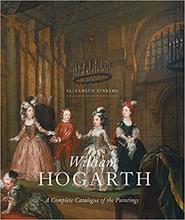
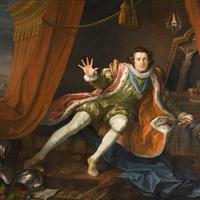
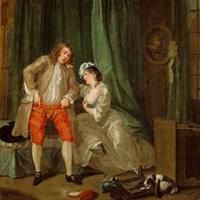
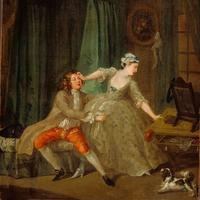
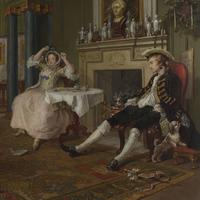










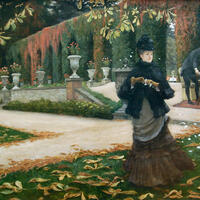
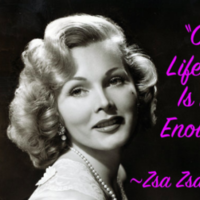
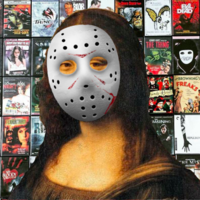
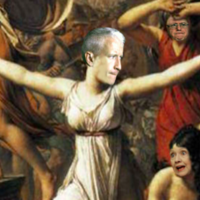
'Call PETA'!! You are so right, Rivaat! However, Hogarth printed Stages of Cruelty to bring attention to the situation. I think Hogarth would have worked for PETA!